VMware
 Written by Sam McGeown
on 10/7/2018
Written by Sam McGeown
on 10/7/2018Published under VMware
This series was originally going to be a more polished endeavour, but unfortunately time got in the way. A prod from James Kilby (@jameskilbynet) has convinced me to publish as is, as a series of lab notes. Maybe one day I’ll loop back and finish them…
Installing PostgreSQL 10 Server The base OS for the PostgreSQL server is CentOS7, deployed from the same template and with the same preparation as detailed in the prerequisites post.
 Written by Sam McGeown
on 29/6/2018
Written by Sam McGeown
on 29/6/2018 Yesterday, Pivotal Container Service 1.1 dropped and, as it’s something I’ve been actively learning in my lab, I wanted to jump on the upgrade straight away. PKS with NSX-T is a really hot topic right now and I think it’s going to be a big part of the future CNA landscape.
My Lab PKS 1.0.4 deployment is configured as a “NO-NAT with Logical Switch (NSX-T) Topology” as depicted in the diagram below (from the PKS documentation).
Yesterday, Pivotal Container Service 1.1 dropped and, as it’s something I’ve been actively learning in my lab, I wanted to jump on the upgrade straight away. PKS with NSX-T is a really hot topic right now and I think it’s going to be a big part of the future CNA landscape.
My Lab PKS 1.0.4 deployment is configured as a “NO-NAT with Logical Switch (NSX-T) Topology” as depicted in the diagram below (from the PKS documentation). Written by Sam McGeown
on 20/6/2018
Written by Sam McGeown
on 20/6/2018 A couple of days ago I saw a tweet from Cody De Arkland showing his new tweaked VMware Clarity based theme on his website.
Staying up until 3am to get the brisket on, so what do I do? Work on tuning up https://t.co/YDiFkGIKLY with some better @VMwareClarity styling! Check out the differences below! Subtle changes but I think it's a lot better. Thoughts? pic.twitter.com/6sYnuBahwI
— Cody De Arkland (@Codydearkland) June 17, 2018 Cody has gone down the route of using Hugo and AWS, which I respect, but just seems like too much work for me at the moment!
A couple of days ago I saw a tweet from Cody De Arkland showing his new tweaked VMware Clarity based theme on his website.
Staying up until 3am to get the brisket on, so what do I do? Work on tuning up https://t.co/YDiFkGIKLY with some better @VMwareClarity styling! Check out the differences below! Subtle changes but I think it's a lot better. Thoughts? pic.twitter.com/6sYnuBahwI
— Cody De Arkland (@Codydearkland) June 17, 2018 Cody has gone down the route of using Hugo and AWS, which I respect, but just seems like too much work for me at the moment! Written by Sam McGeown
on 18/4/2018
Written by Sam McGeown
on 18/4/2018Published under VMware
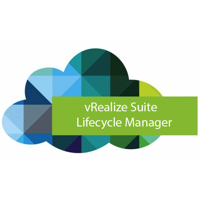 When vRealize Lifecycle Manager 1.2 was released recently, I was keen to get it installed in my lab, since I maintain several vRealize Automation deployments for development and testing, as well as performing upgrades. With vRLCM I can reduce the administrative overhead of managing the environments, as well as easily migrate content between environments (I’ll be blogging on some of these cool new features soon).
However, I hit a snag when I began to import my existing environment - I couldn’t get the vCenter data collection to run.
When vRealize Lifecycle Manager 1.2 was released recently, I was keen to get it installed in my lab, since I maintain several vRealize Automation deployments for development and testing, as well as performing upgrades. With vRLCM I can reduce the administrative overhead of managing the environments, as well as easily migrate content between environments (I’ll be blogging on some of these cool new features soon).
However, I hit a snag when I began to import my existing environment - I couldn’t get the vCenter data collection to run. Written by Sam McGeown
on 26/3/2018
Written by Sam McGeown
on 26/3/2018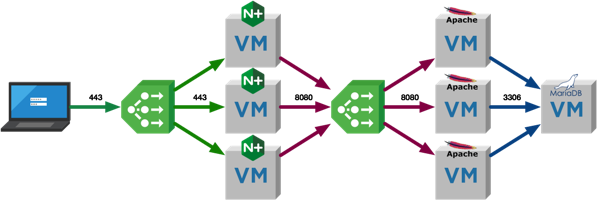 One question I’m asked quite a lot is what I use for a 3-tier application when I’m testing things like NSX micro-segmentation with vRealize Automation. The simple answer is that I used to make something up as I went along, deploying components by hand and generally repeating myself a lot. I had some cut/paste commands in my note application that sped things up a little, but nothing that developed. I’ve been meaning to rectify this for a while, and this is the result!
One question I’m asked quite a lot is what I use for a 3-tier application when I’m testing things like NSX micro-segmentation with vRealize Automation. The simple answer is that I used to make something up as I went along, deploying components by hand and generally repeating myself a lot. I had some cut/paste commands in my note application that sped things up a little, but nothing that developed. I’ve been meaning to rectify this for a while, and this is the result! Written by Sam McGeown
on 2/2/2018
Written by Sam McGeown
on 2/2/2018Published under VMware and vRealize Automation
 Just a quick post today, as I was working with a customer recently and we were trying to retrieve the Custom Properties assigned to a vRealize Automation 7.3 deployed Virtual Machine, similar to the one in the image below. It’s not as intuitive as you’d like it to be because of the split between IaaS APIs and Cafe APIs. Below you can see I’ve deployed a simple CentOS blueprint with a custom property at the Blueprint level (called “BlueprintLevel” with a value of “CustomProperty”) and a custom property at the VM level (called “CustomProperty” and a value of “Test123”).
Just a quick post today, as I was working with a customer recently and we were trying to retrieve the Custom Properties assigned to a vRealize Automation 7.3 deployed Virtual Machine, similar to the one in the image below. It’s not as intuitive as you’d like it to be because of the split between IaaS APIs and Cafe APIs. Below you can see I’ve deployed a simple CentOS blueprint with a custom property at the Blueprint level (called “BlueprintLevel” with a value of “CustomProperty”) and a custom property at the VM level (called “CustomProperty” and a value of “Test123”). Written by Sam McGeown
on 26/1/2018
Written by Sam McGeown
on 26/1/2018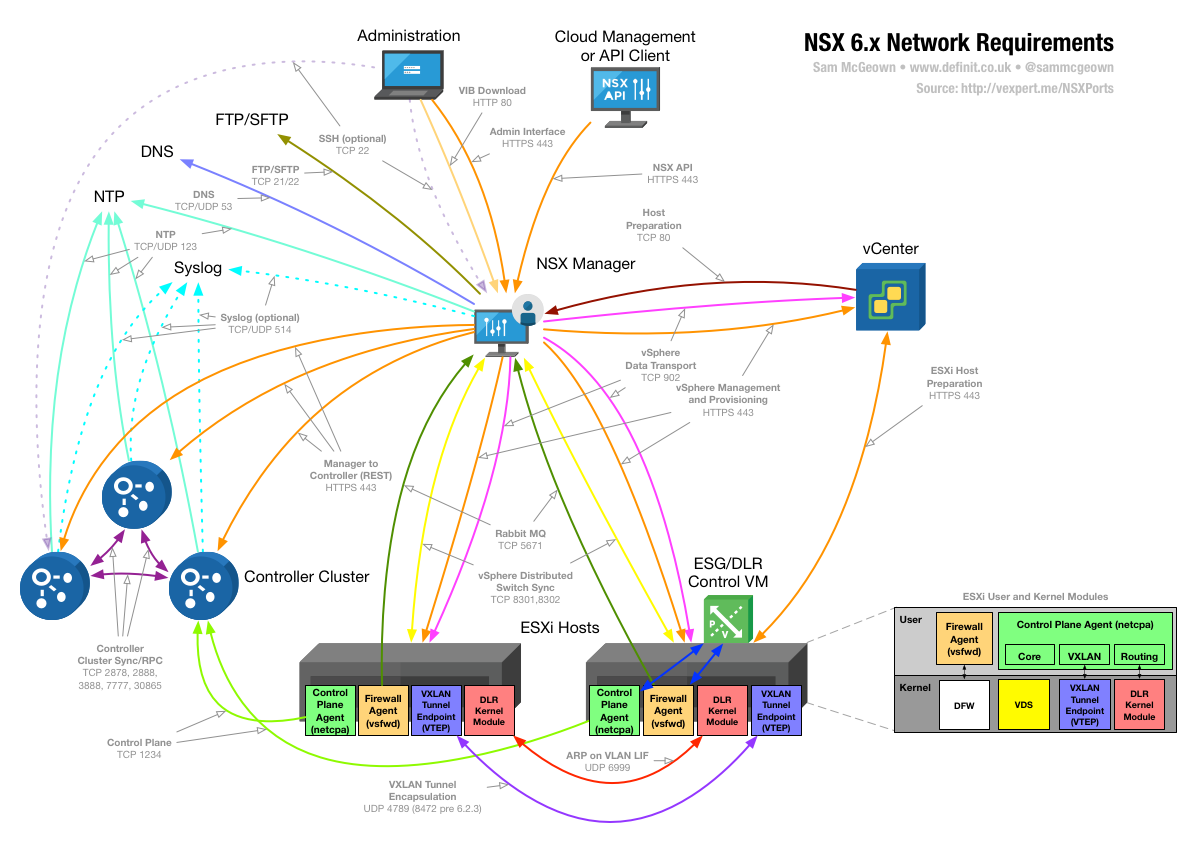 There are a few NSX Communications network diagrams floating around, but none have really displayed the info in a way I found to be clear or complete enough. To that end, I have been working on a diagram that covers as much of the communications between NSX Components as I can. I’ve currently only covered single site NSX (not Cross vCenter) but I’ll publish an updated version soon including that.
There are a few NSX Communications network diagrams floating around, but none have really displayed the info in a way I found to be clear or complete enough. To that end, I have been working on a diagram that covers as much of the communications between NSX Components as I can. I’ve currently only covered single site NSX (not Cross vCenter) but I’ll publish an updated version soon including that. Written by Sam McGeown
on 19/1/2018
Written by Sam McGeown
on 19/1/2018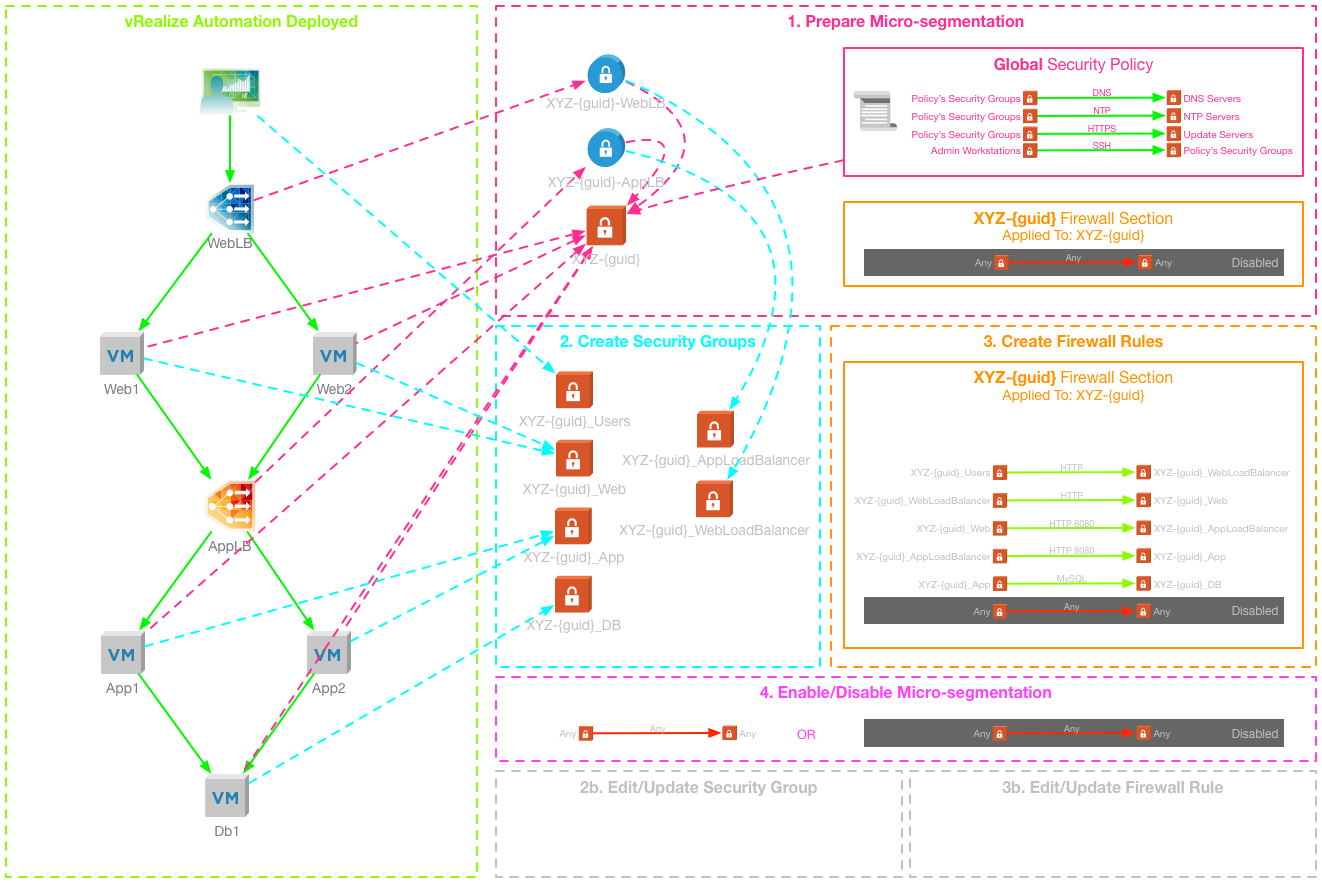 vRealize Automation and NSX integration has introduced the ability to deploy multi-tiered applications with network services included. The current integration also enables a method to deploy micro-segmentation out of the box, based on dynamic Security Group membership and the Service Composer. This method does have some limitations, and can be inflexible for the on-going management of deployed applications. It requires in-depth knowledge and understanding of NSX and the Distributed Firewall, as well as access to the Networking and Security manager that is hosted by vCenter Server.
vRealize Automation and NSX integration has introduced the ability to deploy multi-tiered applications with network services included. The current integration also enables a method to deploy micro-segmentation out of the box, based on dynamic Security Group membership and the Service Composer. This method does have some limitations, and can be inflexible for the on-going management of deployed applications. It requires in-depth knowledge and understanding of NSX and the Distributed Firewall, as well as access to the Networking and Security manager that is hosted by vCenter Server. Written by Sam McGeown
on 22/12/2017
Written by Sam McGeown
on 22/12/2017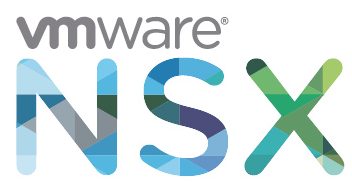 Yesterday saw the release of NSX-T 2.1, with some new features and also some usability enhancements. You can check out the release notes here https://docs.vmware.com/en/VMware-NSX-T/2.1/rn/VMware-NSX-T-21-Release-Notes.html
As I’m mid-way through this blog series, I thought I’d stick in the upgrade as a little bonus!
Download the upgrade bundle Validate the version and status of NSX-T components Check the Controller cluster status and Manager connections are up.
Validate the hosts are installed, and have a connection to the controller and manager.
Yesterday saw the release of NSX-T 2.1, with some new features and also some usability enhancements. You can check out the release notes here https://docs.vmware.com/en/VMware-NSX-T/2.1/rn/VMware-NSX-T-21-Release-Notes.html
As I’m mid-way through this blog series, I thought I’d stick in the upgrade as a little bonus!
Download the upgrade bundle Validate the version and status of NSX-T components Check the Controller cluster status and Manager connections are up.
Validate the hosts are installed, and have a connection to the controller and manager. Written by Sam McGeown
on 12/12/2017
Written by Sam McGeown
on 12/12/2017Published under VMware
A little while ago I replaced my three ageing Intel NUC hosts with a single (still ageing) Dell T7500 workstation. The workstation provides 24 processor cores and 96GB RAM for a really reasonable price, while still being quiet enough to sit in my home office. One of the driving factors in retiring the old NUCs was vSAN - I know in the newer generations of NUC you can get an M2 and a SATA SSD in, but my 1st gen.
